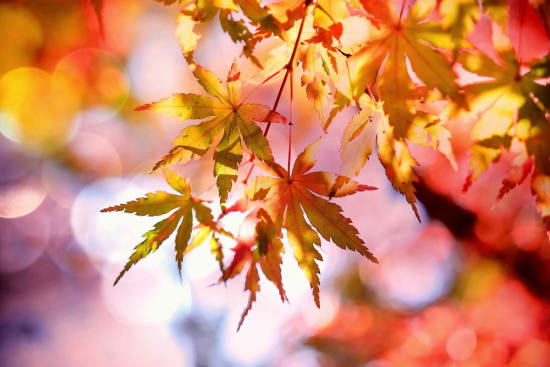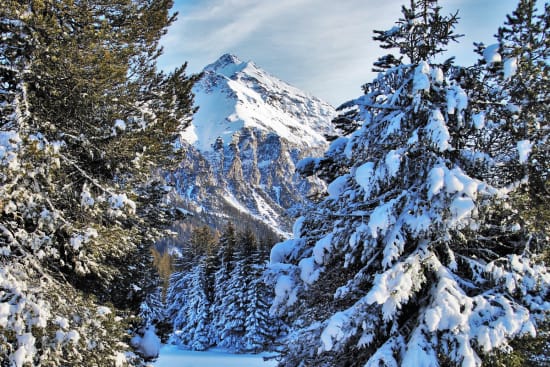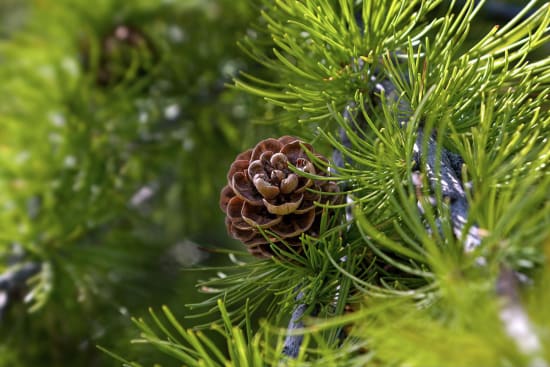Why do only leaves fall, but no needles?
Why do deciduous trees lose their leaves in autumn, but conifers do not lose their needles? And why is the larch an exception? Find the answers here.

Why deciduous trees go into hibernation
Deciduous trees lose their leaves in autumn. The reason for this has to do with water. A tree supplies its leaves with nutrients and water. It draws the latter from the soil with its roots. In winter, however, this is not possible because the ground is frozen. Therefore, in the fall, the tree withdraws its nutrients, stores them in bark and roots, and takes a rest. Since the leaves no longer receive water, they wilt and fall off.
Now the tree can spare itself to produce new leaves in the spring.



Why conifers survive the cold season
Conifers are different, although needles are also leaves. But needles are tougher and often covered with a thick layer of wax. In many needles, moreover, the small stomata through which water normally evaporates are sunk deep into the surface. Both features mean that they lose very little water in winter. In addition, the needles accumulate antifreeze substances so that they do not freeze. The trees only part with the needles when they have become too old for
efficient photosynthesis. Then they fall off, and new ones grow back.

Why do larches lose their needles?
There are also exceptions, for example, the larch. Although it belongs to the conifers, it sheds its needles in the fall. Why? Because the stomata of its needles are not sunken like other needles and are therefore poorly protected in winter. In addition, larches grow in the high mountains. It gets bitterly cold there in winter. Only one tree can withstand this cold: the larch. But since the ground is frozen,
it must get rid of its needle before the cold sets in so as not to die of thirst.
More about Indian Summer
When is Indian Summer in Canada?
When you talk about Indian Summer, you almost automatically think of Canada. But when does this wonderful time take place there? And where is it most beautiful?
Why Indian Summer?
Why is it called Indian Summer? Here you will find a plausible guess, a beautiful legend, and the meaning of the leaf colors for Iroquois.
Why do only leaves fall, but no needles?
Why do deciduous trees lose their leaves in autumn, but conifers do not lose their needles? And why is the larch an exception? Find the answers here.
Which trees have resin and why?
Already sniffed the wonderful scent of resin? And did you know that not all trees have it and how others compensate for it? Here are the answers.
Fall Rituals
Whether harvest festivals, Celtic Mabon, incenses, or very personal rituals: they are made to enjoy the magical fall to the fullest.
World Smile Day - keep smiling!
With a smile, you make yourself and others happy. Here you can find out how World Smile Day came about and how it is connected to the first smiley.
Halloween
Halloween originates from Ireland. But what do Celts have to do with this festival? Where does the «trick or treat» and illuminated pumpkins come from? Here are the answers.









